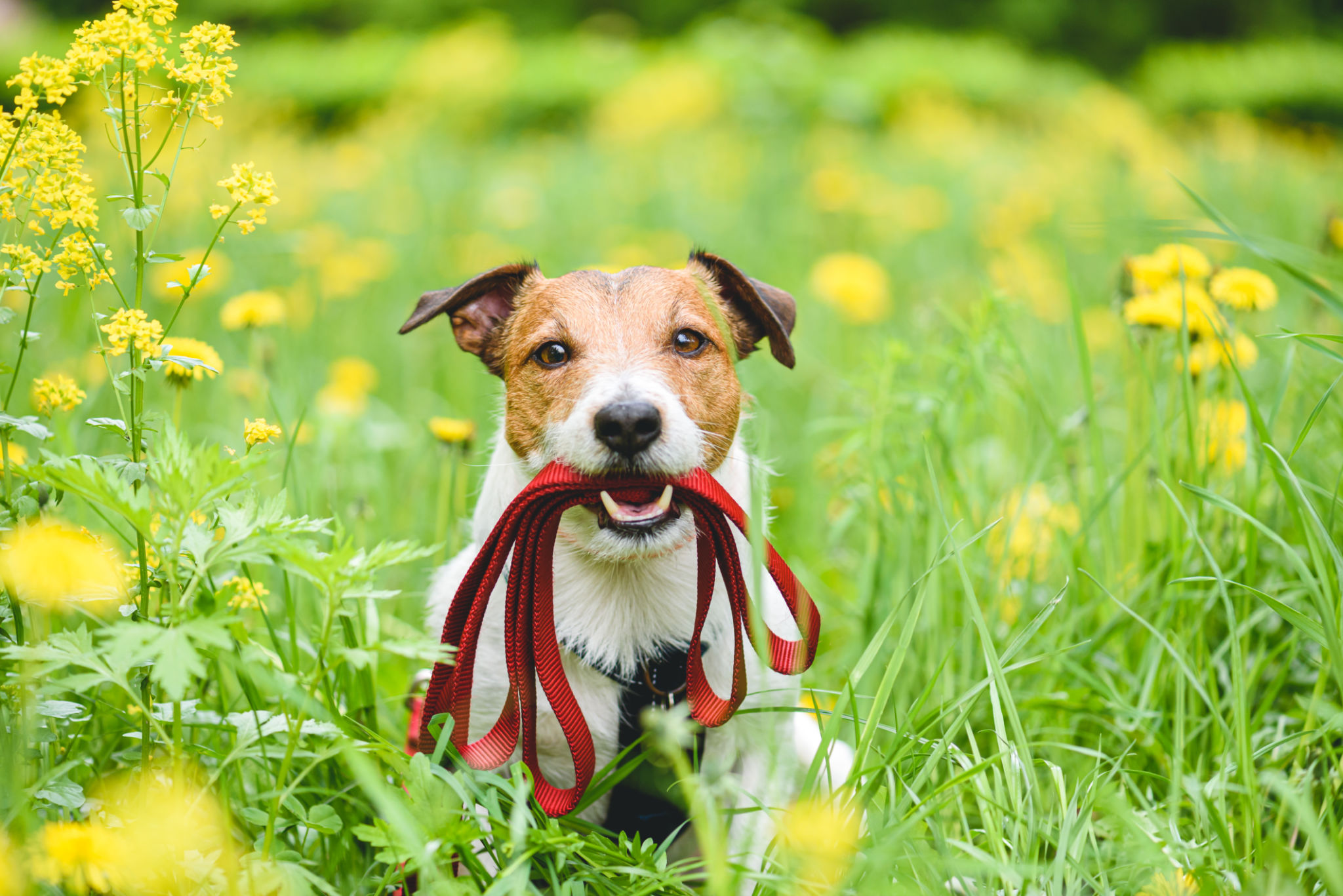How to Prepare Your Dog for a Walk: A Step-by-Step Guide
Understanding Your Dog's Needs
Before you even think about putting on the leash, it's crucial to understand what your dog needs from a walk. Every dog is different, and factors like breed, age, and temperament can influence how you should prepare. Some dogs may require longer walks for exercise, while others might just need a short stroll to relieve themselves and get some fresh air.
Consider what time of day is best for your dog. During hotter months, early morning or late evening walks can prevent overheating. If your dog is social, a time when there are more people and pets around might be ideal. For more anxious dogs, quieter hours could be better.

Gathering the Necessary Equipment
Having the right equipment is essential for a successful walk. Start with a sturdy leash and collar or harness that fits your dog properly. A harness is often recommended, especially for smaller breeds or dogs prone to pulling, as it can reduce strain on their necks.
Consider bringing along other essentials like poop bags, a water bottle, and a collapsible dish if you'll be out for longer periods. In colder weather, some dogs may benefit from a coat or sweater, particularly if they have short fur.
Choosing the Right Leash
The type of leash you use can make a significant difference. Retractable leashes allow for more freedom but can be difficult to control in busy areas. A standard leash offers more control and is generally safer in high-traffic environments.

Training Your Dog for the Walk
Training is a key component of preparing your dog for a walk. Start with basic commands such as "sit," "stay," and "heel." These commands help maintain control during walks and ensure your dog's safety.
Practice walking in low-distraction environments before heading out to busier areas. Reward your dog with treats or praise to reinforce positive behavior. Consistency is crucial, so try to train at the same time every day.
Addressing Behavioral Issues
If your dog pulls on the leash or exhibits other problematic behaviors, it might be time for more focused training. Consider enrolling in obedience classes or seeking advice from a professional trainer to address these issues.

Ensuring Your Dog's Comfort and Safety
Your dog's comfort and safety should always be top priorities. Before heading out, check that your dog's collar or harness is snug but not too tight. You should be able to fit two fingers between the collar and your dog's neck.
Always be mindful of the conditions during your walk. Hot pavement can burn paws, so check the ground by placing your hand on it for a few seconds; if it's too hot for you, it's too hot for them. In colder weather, watch for signs of discomfort such as shivering.
Staying Aware of Your Surroundings
Be aware of potential hazards in your walking area. Broken glass, sharp objects, or other debris can cause injuries. Stay alert to other animals and traffic, ensuring you maintain control of your dog at all times.
By following these steps, you can ensure that both you and your dog enjoy a safe and pleasant walking experience. Remember, a well-prepared walk not only strengthens the bond between you and your pet but also contributes to their overall health and happiness.